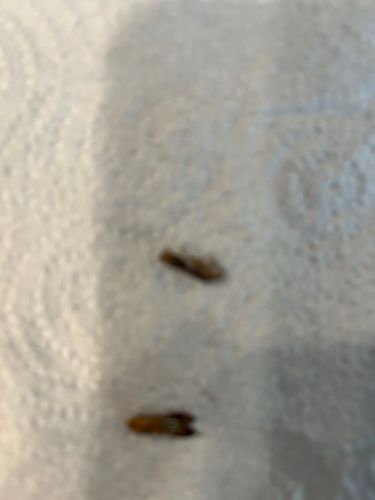Webbing Clothes Moth
Scientific Name: Tineola bisselliella
Order & Family: Order: Lepidoptera, Family: Tineidae
Size: Adult moths typically have a wingspan of 9-16 mm (0.35-0.63 in). Larvae can grow up to 12 mm (0.47 in) in length.

Natural Habitat
Indoors, especially in closets, attics, storage areas, and less-frequently disturbed locations where natural fiber products are stored. They thrive in warm, humid conditions.
Diet & Feeding
Larvae feed on natural fibers such as wool, silk, fur, feathers, felt, and other animal-derived materials. They are particularly attracted to soiled items containing perspiration or food stains.
Behavior Patterns
Larvae prefer dark, undisturbed areas. Adult moths are typically nocturnal and are attracted to light. They undergo complete metamorphosis with egg, larval, pupal, and adult stages. The larval stage is the destructive one, as they feed on various materials. Adult webbing clothes moths do not feed.
Risks & Benefits
Risk: Significant pests of stored products and textiles, capable of causing considerable damage to clothing, carpets, upholstered furniture, and natural fiber insulation. They do not pose direct health risks to humans. Benefit: No known significant environmental benefits, primarily a domestic pest.
Identified on: 8/19/2025